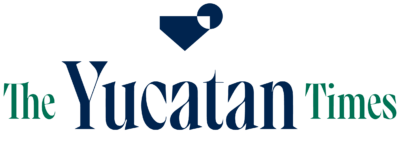
More than 6,500 Maya words have been translated into Spanish and integrated into a dictionary as part of the work carried out by the Autonomous University of Yucatán (UADY), in collaboration with Sedeculta, to create the first Peninsular Linguistic Corpus, stated Karina Abreu Cano, the coordinator of the UADY’s Institutional Language Center.
What is a linguistic corpus?
It is a collection of texts or language samples used for the study and analysis of a language. They can be written, spoken, or a combination of both, gathered from various sources such as books, articles, newspapers, conversation transcriptions, websites, and any other form of written or oral communication.
What is its objective?
To strengthen and preserve the Maya language as a valuable tool for teaching and academic projects related to this native language. This tool will also allow the creation of materials for language instruction, whether for speaking or writing; the generation of digital or interactive dictionaries; text predictors, among many other academic uses.
How much progress has been made in the study of the Maya language?
We already have a dictionary of 6,586 Maya-Spanish words, 65 affixes, and we have documented 68 linguistic variants throughout the Peninsula.
Is there only one Maya language?
Due to dialectal variations, there can be dozens of linguistic variants. We aim to cover the majority of areas where these variants are spoken. Some of the communities where Maya speech is analyzed include Tekax, Tahdziú, Pixila, Texán de Palomeque, Hunukú, Dzonot Carretero, and Tizimín in Yucatán; Dzitbalché in Campeche; and Tuzik, San Silverio, and Sabán in Quintana Roo.
Where do you obtain the information?
This Linguistic Corpus will also be based on the collection of audiovisual materials, for which we have the support of the Kellogg Foundation. The goal is to compile these materials in the Maya language and then process them for glossing.
What will be done with all this data?
The objective is to upload this work to a platform, which we are developing in collaboration with the Ministry of Culture and the Arts of Yucatán and CentroGeo. Through this project, a digital platform will be created that can be accessed by anyone to consult materials such as audios, videos, and images.
Who is involved in this research?
The compilation of information involves the Institutional Language Center of the Autonomous University of Yucatán (UADY), the Ministry of Culture and the Arts of the State of Yucatán (Sedeculta), and the Center for Research in Geospatial Information Sciences.
TYT Newsroom
No comments:
Post a Comment